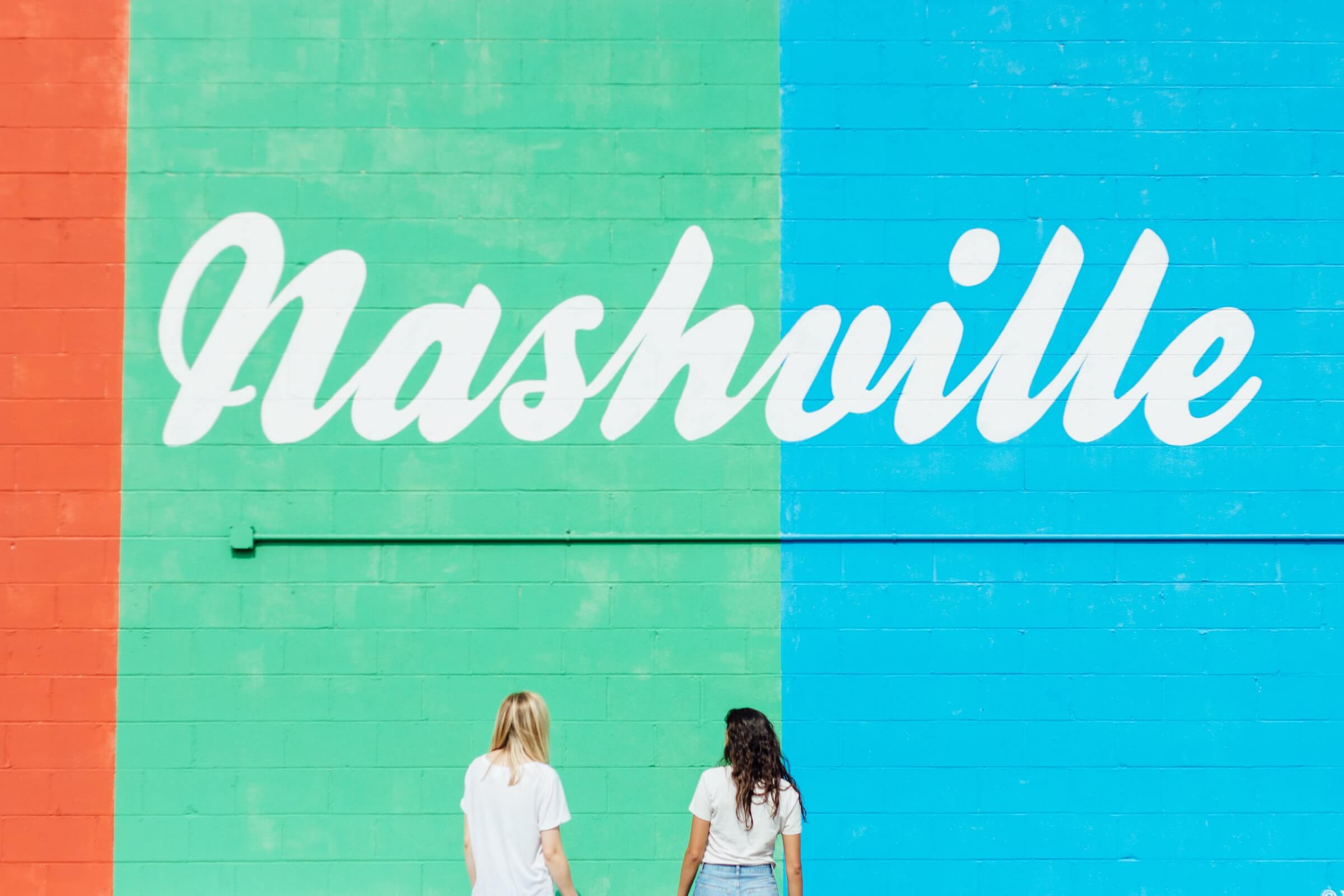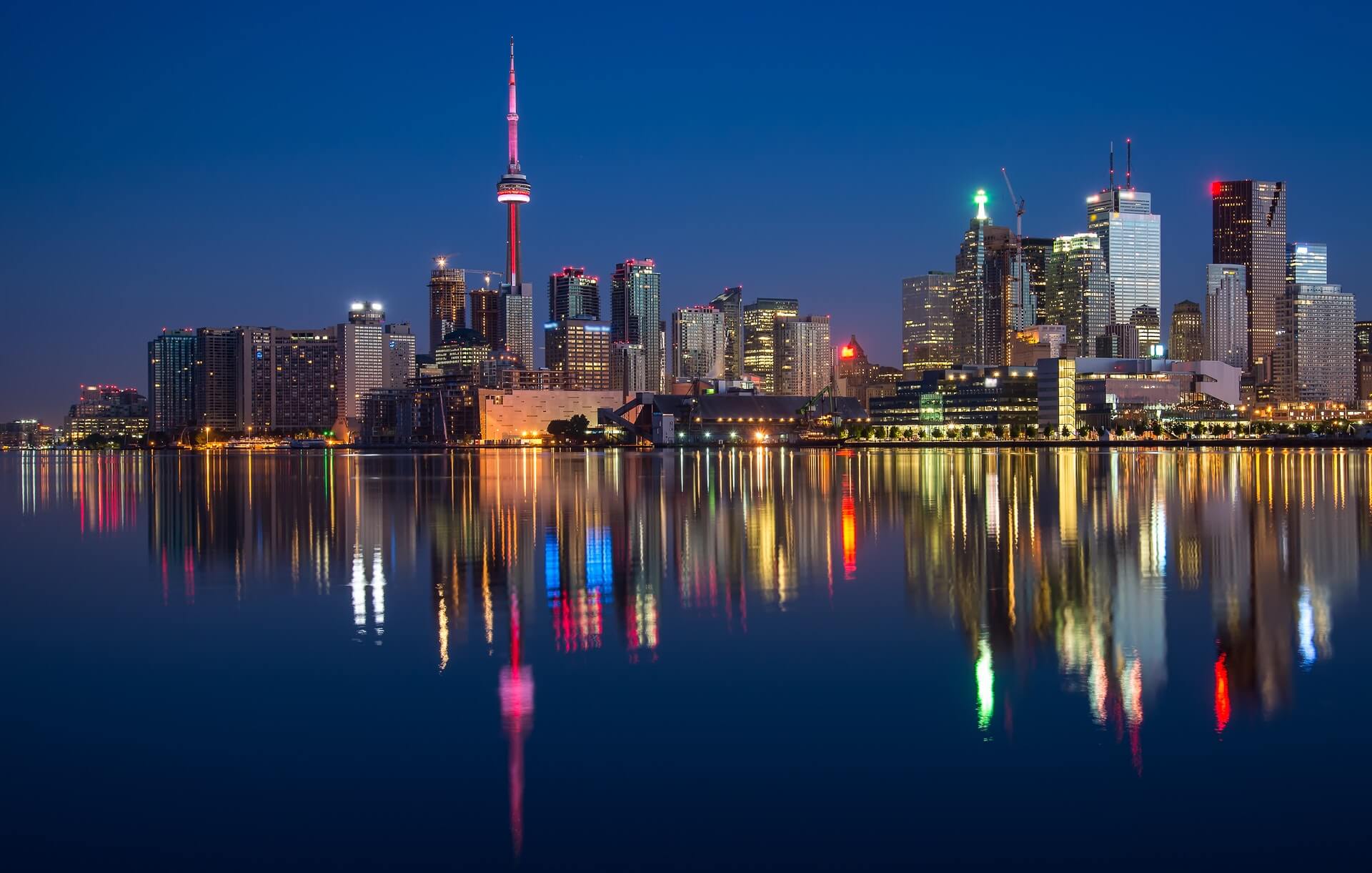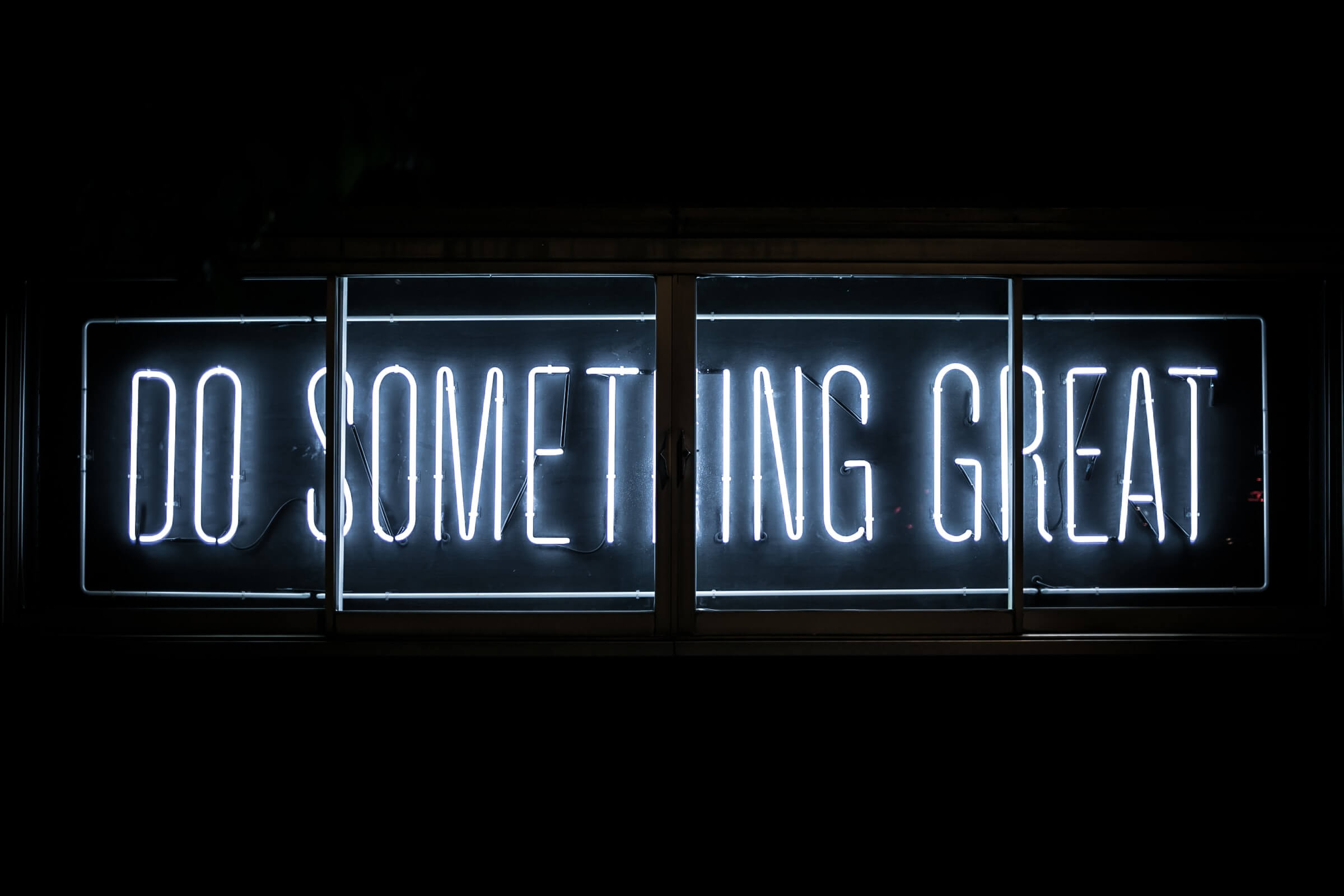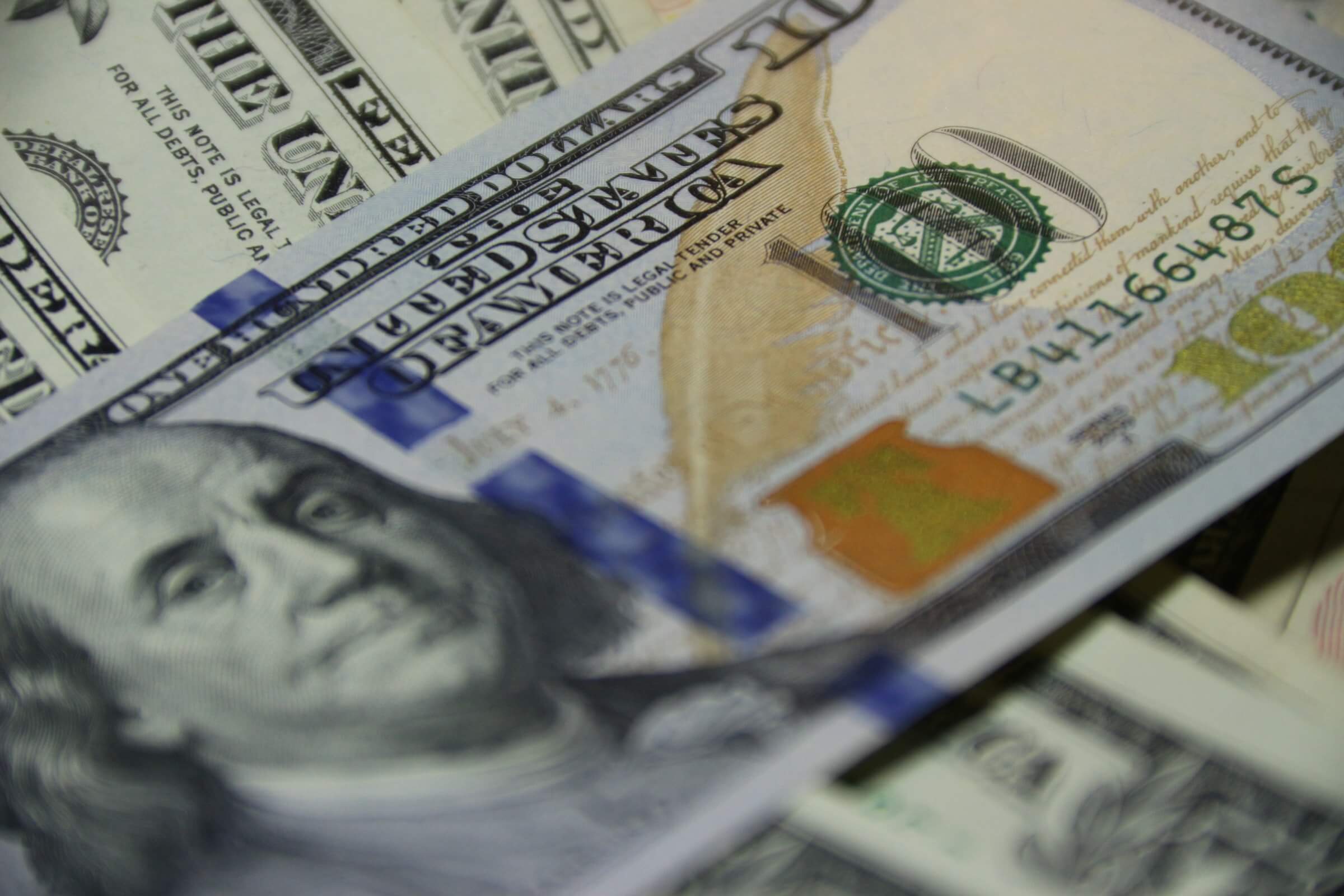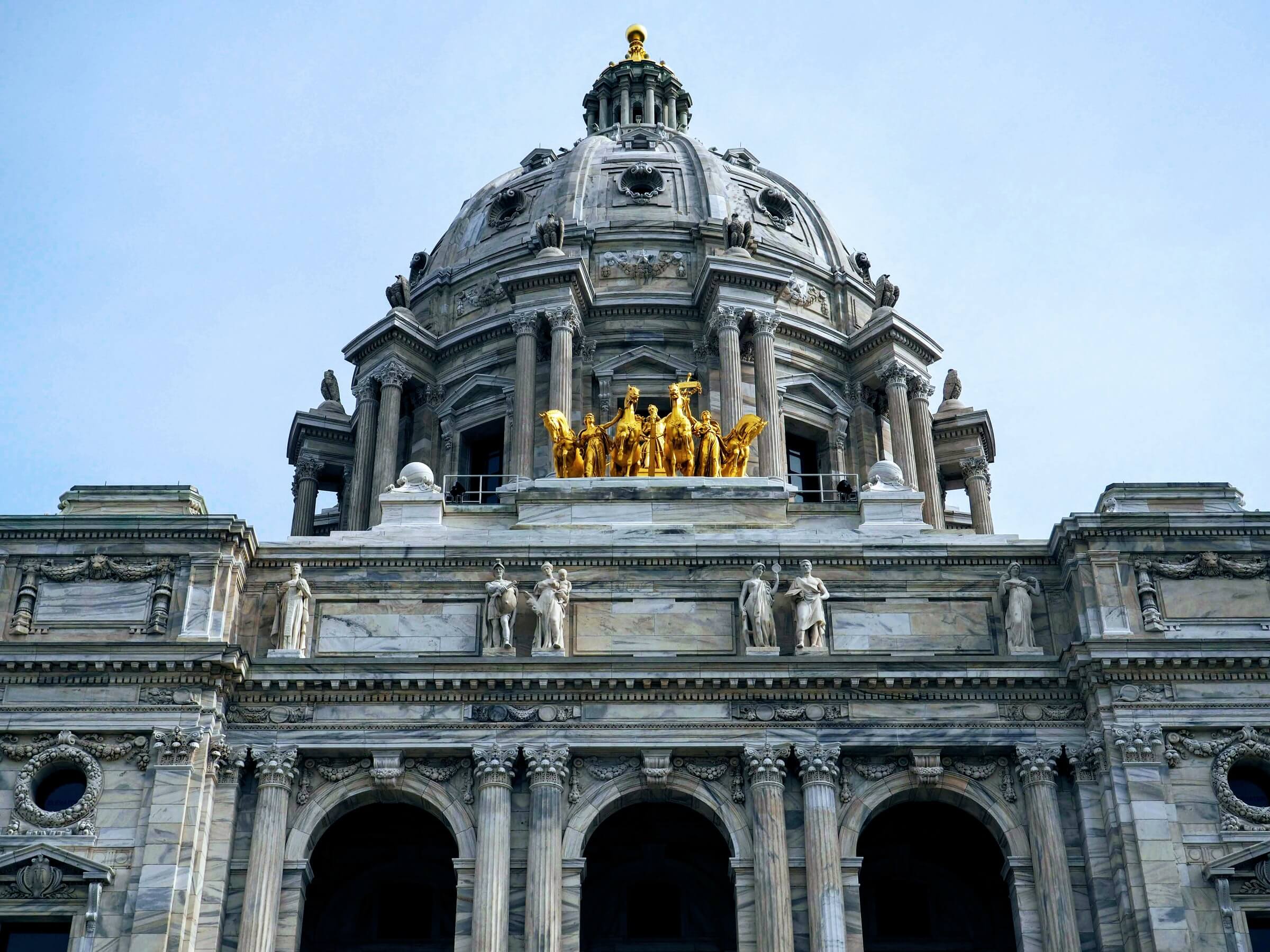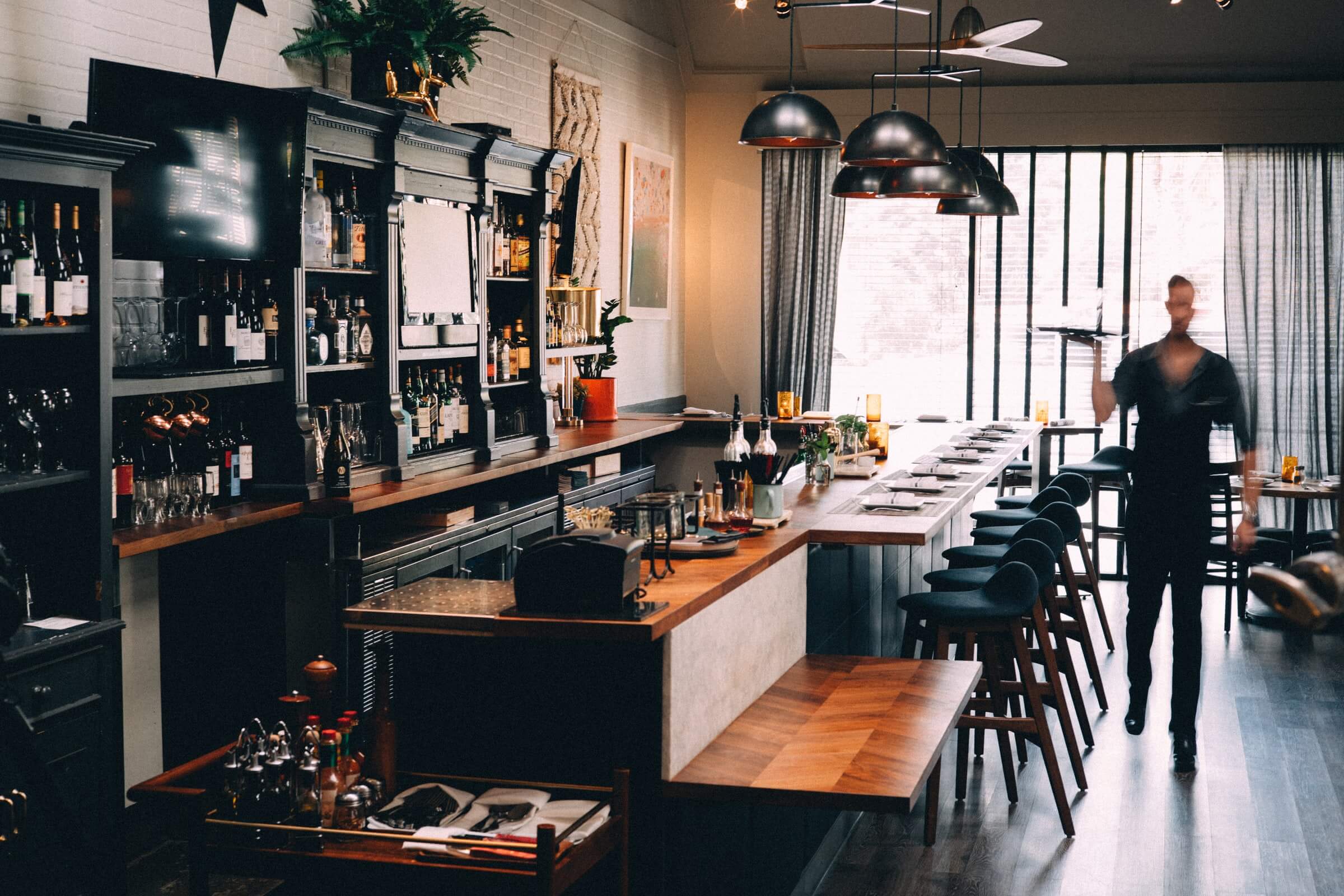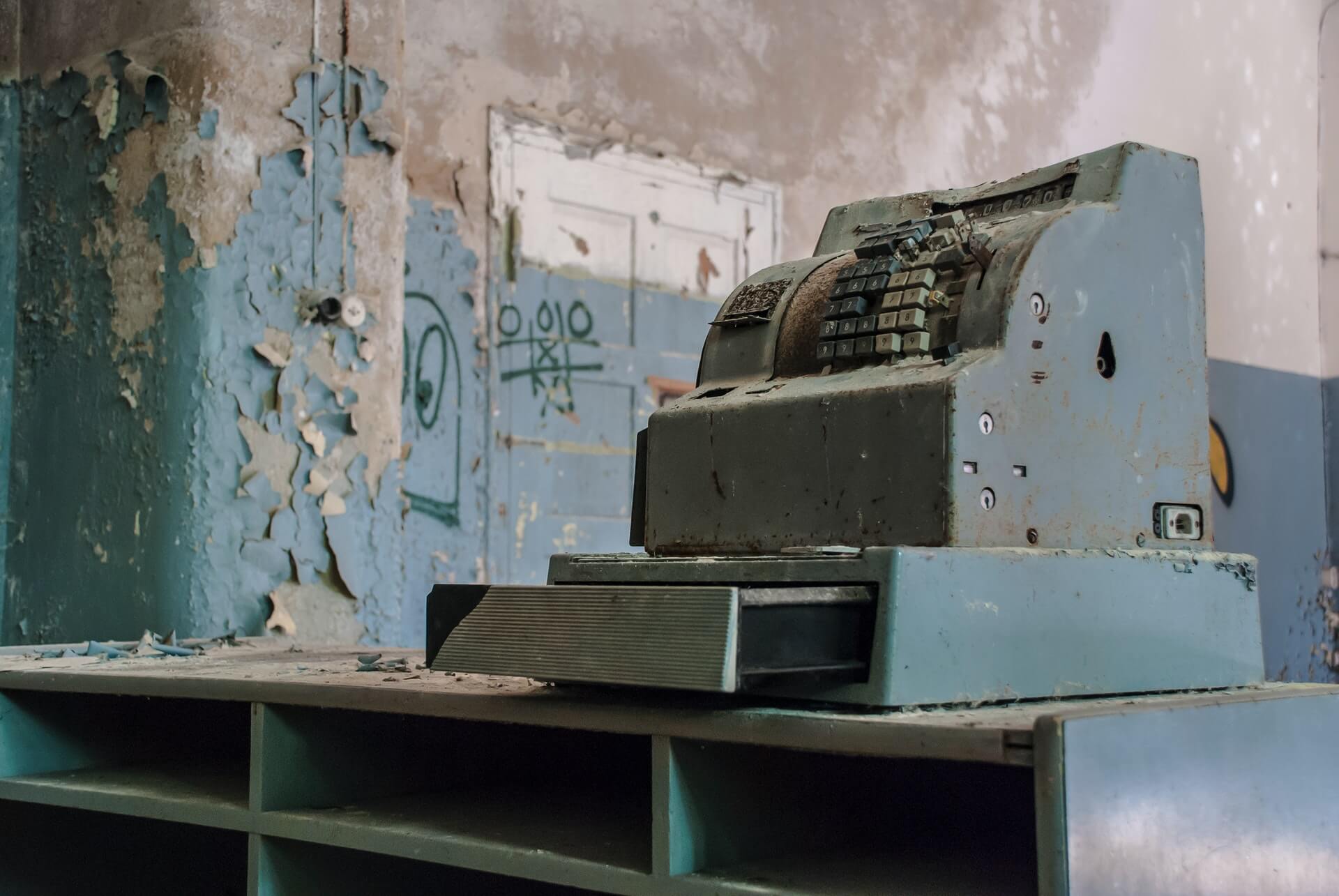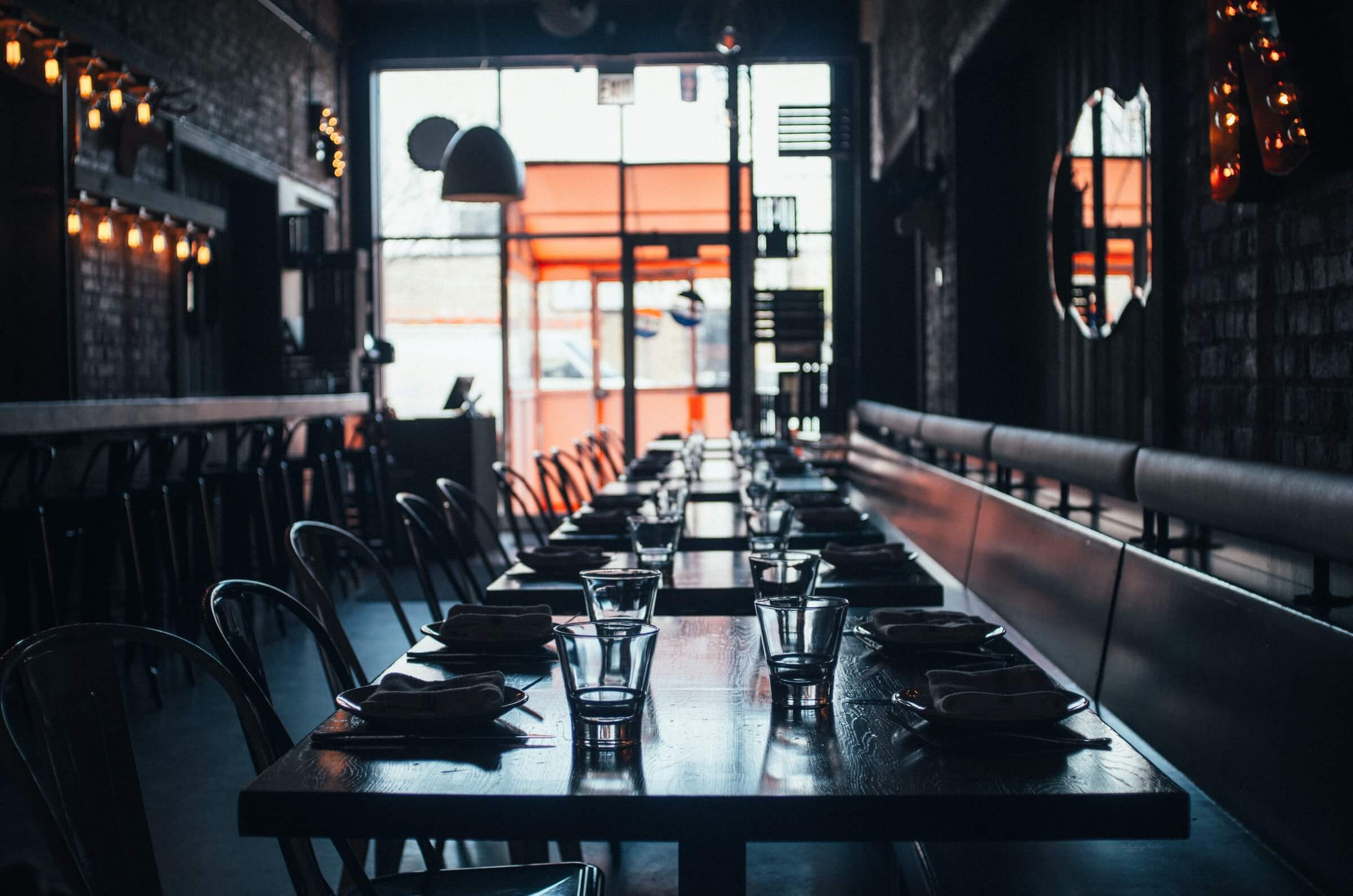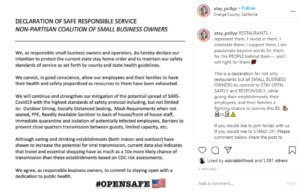Current Restaurant, Bar and Travel Restrictions: Eastern Caribbean
by David Klemt
KRG Hospitality has turned hospitality industry visions into reality throughout the Eastern Caribbean for several years.
We’ve reviewed and gathered the current Covid-19-based travel and operator restrictions for Puerto Rico, the US Virgin Islands, the British Virgin Islands, St. Martin and Sint Maarten to help current operators and those considering taking the next steps in their journey toward opening their own businesses.
To book a 15-minute introductory call to discuss your project and how we can help you realize your vision, click here.
Puerto Rico
Earlier this month, Governor Pedro Pierluisi revised Puerto Rico’s Covid-19 protocols.
Travel Requirements
- Complete travel declaration and:
- arrive with proof of a negative (molecule-based) Covid-19 test; or
- self-quarantine (at traveler’s expense) either 14 days or the duration of your trip, whichever is shorter.
- While in Puerto Rico, travelers must:
- wear a mask at all times when in public;
- wash hands frequently;
- wipe down high-touch surfaces;
- practice social distancing; and
- keep track of and minimize places visited and interactions with people.
Requirements
- Island-wide curfew from 11:00 PM to 5:00 AM.
- Hotels: Common areas closed from 11:00 PM to 5:00 AM.
- Restaurants: Limited to 30-percent capacity.
- Bars and Discos: Closed.
- Movie theaters and casinos: Limited to 30-percent capacity.
- All businesses must close by 10:00 PM.
Recommendations
- Reservations for restaurants visits.
US Virgin Islands
The Virgin Islands Department of Health has provided incredibly detailed guidance for restaurants, bars and nightclubs. Click here for the full details. The USVI include the main islands of Saint Croix, Saint John, and Saint Thomas, and several so-called “minor” islands.
Travel Requirements
- All air and sea travelers to the US Virgin Islands five years of age or older are required to use the USVI Travel Portal and submit a Covid-19 test before travel. This includes anyone in-transit to another destination.
- Acceptable tests: COVID-19 molecular from a nasal or throat or saliva swab, COVID-19 antigen (rapid) test from a nasal or throat swab, Covid-19 antibody finger stick or blood draw.
- Travelers who originate in the USVI and return to the territory, including those who return within a five-day period, are required to take a Covid-19 test before returning or have proof of a positive antibody test result within the previous four months.
Requirements
- All restaurant, bar and nightclub employees reporting for work must be screened for Covid-19 using this questionnaire.
- Employers can either conduct temperature checks onsite with a no-touch thermometer or employees may check their temperatures before arriving at the workplace and have the results verified by management onsite. Temperatures should not exceed 100.3 degrees Fahrenheit.
- Employees and guests must wear masks at all times unless eating or drinking.
- At the minimum, ask guests the following questions before allowing entry:
- Have you been in close contact with a confirmed case of COVID-19?
- Are you experiencing a cough, shortness of breath or sore throat?
- Have you had a fever in the last 48 hours?
- Capacity is limited to 50 percent (as defined by Business License or the Fire Marshall) or 100 guests, whichever is fewer.
- Space tables and barstools six feet apart.
- No more than six guests may be seated at the same table.
- Serving alcohol at bar counters is prohibited.
- Guests picking up takeout orders must wait outside until their order is ready.
- The sale of alcohol between 11:00 PM and 8:00 AM by all restaurants and establishments with a Tavern Keeper A or Tavern Keeper B license is prohibited.
- Restaurants must remain closed between the hours of midnight and 6:00 AM.
- All bars and nightclubs are permitted to operate only for seated service.
- Cabarets remain closed.
- Last call for bars and nightclubs—without exception—is at 11:00 PM.
- Guests of bars and nightclubs are required to wear masks unless seated at their designated table.
- Live music and DJs must cease performances at closing time: Midnight.
Recommendations
- Whenever possible, require reservations for visits and deliveries.
- If possible, prioritize curbside pickup and takeout over in-person dining.
British Virgin Islands
The BVI, which consist of Tortola, Virgin Gorda, Anegada, and Jost Van Dyke and more than 50 smaller islands and cays, were closed for nine months before reopening to travelers on December 1, 2020. The Government of the Virgin Islands, however, imposed a travel ban on anyone travelling from the United Kingdom and the Dominican Republic to the BVI effective January 11.
Travel Requirements
- Travelers must start their application no later than 48 hours before travel.
- Applications on the BVI Gateway portal must be completed a minimum of 24 hours before travel date and time.
- All applicants who are in “pending” status and haven’t completed their necessary requirements 24 hours prior to travelling will be denied entry.
- Travelers must have proof of negative Covid-19 PCR test taken within 5 days prior to day of travel and proof of medical insurance that includes coverage for Covid-19.
- Visitors are required to quarantine for four days on the property of their approved accommodations or at their own home. Arrival day is considered day zero.
- Air travelers: Visitors can arrive at the Terrance B. Lettsome Airport (EIS) on Tortola.
- Sea travelers: Visitors can arrive at Road Town Ferry Terminal.
Requirements
- As of January 28, a curfew is in place from 2:01 AM to 4:59 AM daily until February 11. Businesses are permitted to operate between the hours of 5:00 AM to 2:00 AM daily if they’ve been inspected and approved by the Social Distancing Monitoring Task Force and certified by the Environmental Health Division.
- Gold Seal Professional Level Certification: A nine-hour training course (three hours over three days) that incorporates COVID-19 training and professional-level hospitality service training required for front-line personnel across all hospitality industry sectors, specifically front desk representatives, guest room attendants, restaurant servers and kitchen cooks.
St. Martin and Sint Maarten
This 37-square-mile island has two sides, the St. Martin (the French) and Sint Maarten (the Dutch).
Travel Requirements
- All travelers arriving by air must complete Electronic Health Authorization System (EHAS) application.
- As of January 27, 2021, all travelers embarking in Aruba are required to submit a negative rt-PCR test within 72 hours before departure to Sint Maarten (until further notice)
- As of February 12, 2021, the rt-PCR test time frame will be reduced from 120 to 72 hours, before departure to St. Maarten for all travelers originating from a high-risk country (last leg in case of connecting flights).
- Travelers arriving via sea from a low-risk country are exempt from Covid-19 testing.
- Travelers arriving via sea from a moderate- to high-risk country must complete an rt-PCR test 120 hours prior to departure from last port (must be the immediate last departure point).
Requirements
- Restaurants, bars and nightclubs must close by midnight. This applies to the Dutch side of St. Maarten as well.
- Casinos on the Dutch side must close by 2:00 AM.
- No more than 6 people may be seated at any given table.
- Tables and contact surfaces must be thoroughly disinfected with an antiviral product.
- It is mandatory for staff and customers to wear a mask when moving around.
Last updated: January 28, 2021. Please note that Covid-19 guidance, restrictions and protocols are subject to swift change. One should monitor their jurisdictions for the latest updates.
Image: Colin Chong on Unsplash


